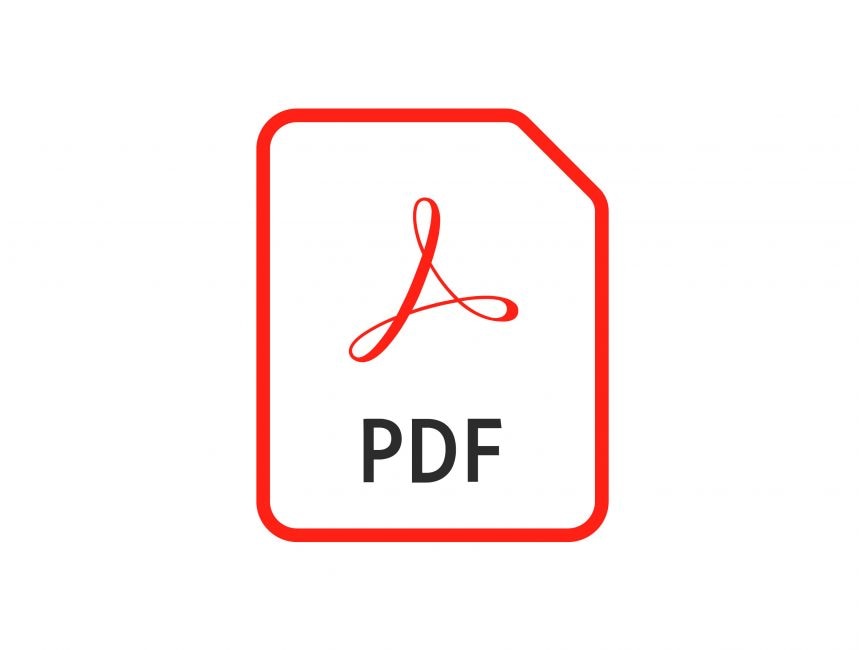By Rakesh Ahuja
My conversations with medical commentariat in India and abroad regarding the current state of Covid 19 pandemic betrays a worrying trend. Whether it be in India, Australia, Europe or the USA, a false sense of security is taking hold, based mainly on the falling rates of global coronavirus deaths. That is certainly true in some countries, including India. But it is worrisome that Coronavirus variants – quite distinct from strains – are also birthing and may quickly reverse the trend of falling death rates.
Scientists worldwide, including the US Centre for Disease Control and Prevention (CDC), have been examining these new variants e.g. from the UK and South Africa. Already seven have been identified in the USA. Their conclusions are alarming: These variants are highly transmissible – around 70% more so than Covid19 – and therefore more infectious, and take a smaller viral load to inflict a full-body invasion.
As the attached article from the Wall Street Journal notes, CDC and equivalent global institutions are now issuing revised guidelines. The most telling recommendation is the need to adopt “Double Masking”. It makes a very convincing case for doing so. It is also a mine of information on the effectiveness of different masks and on wearing them correctly. It is truly bewildering that even after a year since the pandemic started, there is still resistance to wearing masks. And, worse, wearing them ineffectively (e.g. not covering the nose) reflecting that the wearer perceives it as a social obligation and not social responsibility for mutual protection.
It is against this background that an article in the Washington Post (11 Dec 2020) is of interest. By using an infrared camera, it illustrates the risks of airborne transmission. This state of the art technology is mainly used in military and industrial settings, e.g. to detect gas leaks in pipelines. In effect, the camera maps in real time the path of the invisible particles exhaled by a person talking, laughing, etc. The WP article is attached. It leads with a most convincing, if disturbing, video of the extent of how and what droplets we spray when we exhale. (NB: Video access requires a subscription.)





